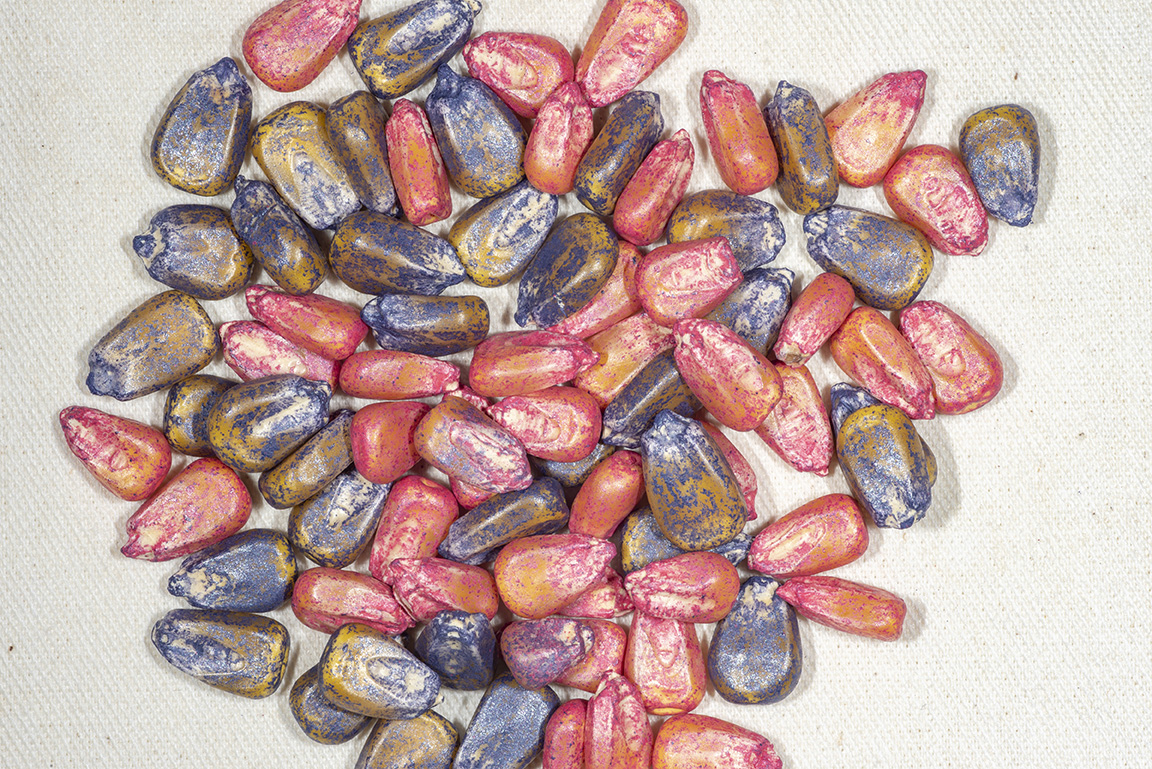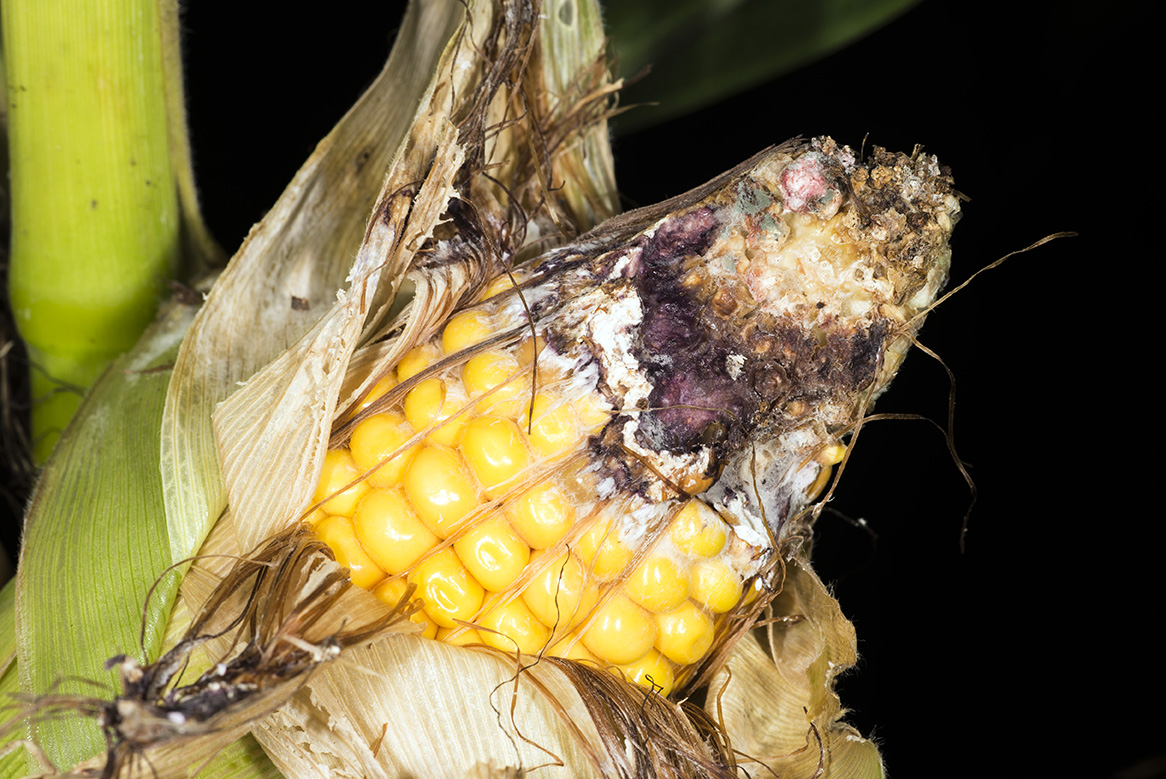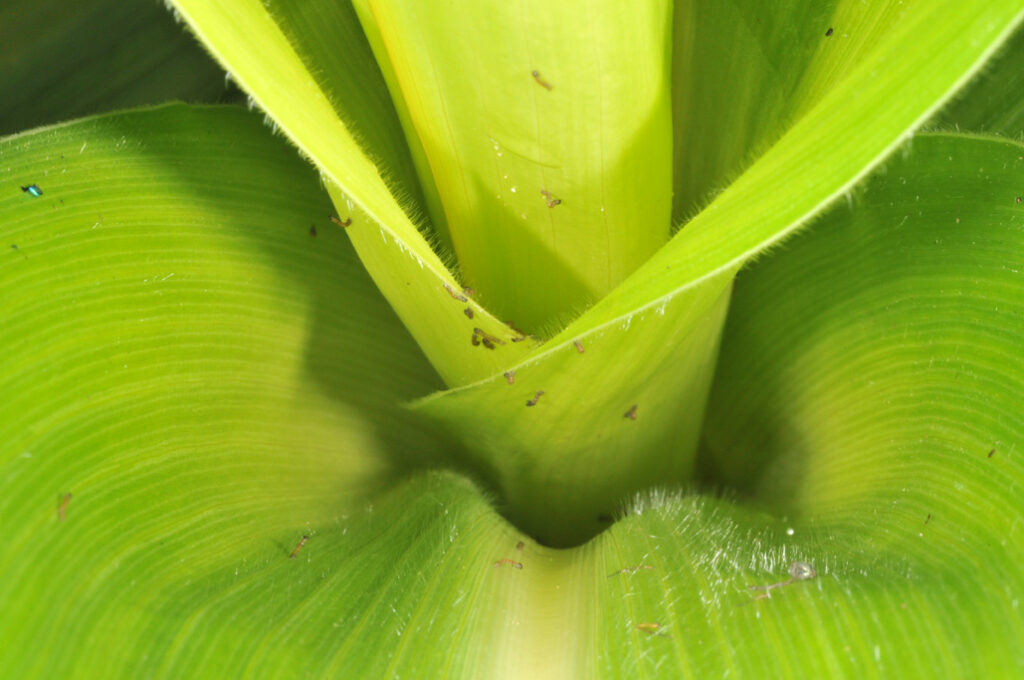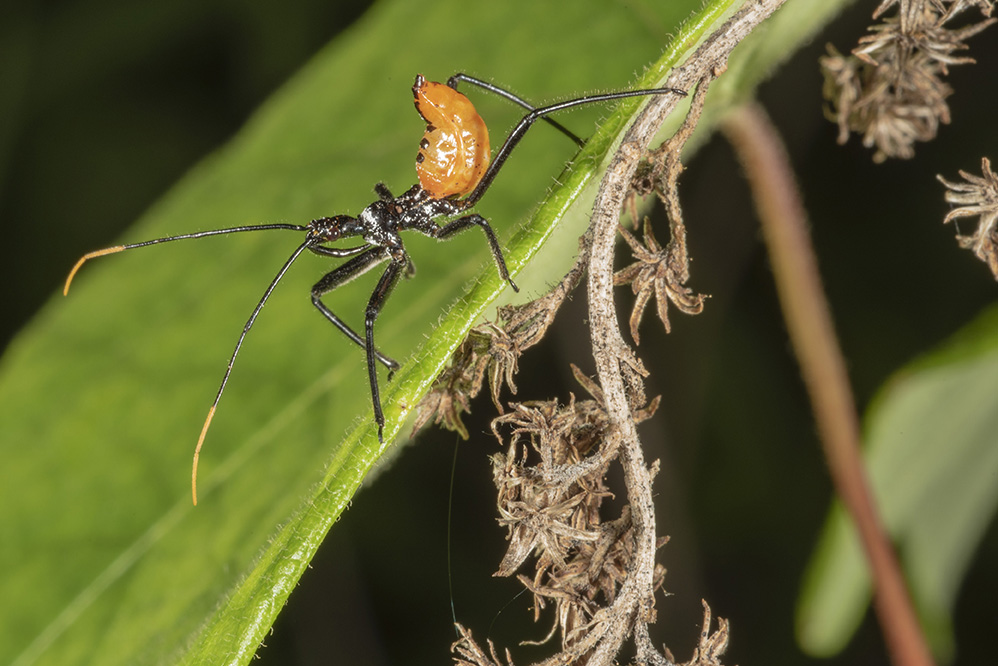2020 Western Bean Cutworm Pheromone Trap Report
200 articles tagged "Insects".
2020 Western Bean Cutworm Pheromone Trap Report

Corn and soybean growers are very familiar with neonicotinoid seed treatments, and some of the debates that surround their use – including examining their yield benefits and the potential for off-target negative effects.

It’s western bean cutworm season – as discussed in last week’s Pest&Crop, moth trap counts are peaking, primarily in Indiana’s northern counties.

The western bean cutworm (WBC) trapping season continues, and after a slow start, moth flights have rapidly increased in many northern Indiana county traps this past week.
2020 Western Bean Cutworm Pheromone Trap Report
2020 Western Bean Cutworm Pheromone Trap Report
2020 Western Bean Cutworm Pheromone Trap Report

It is not uncommon to receive samples and pictures of “bugs” from family, friends and neighbors.
2020 Western Bean Cutworm Pheromone Trap Report


